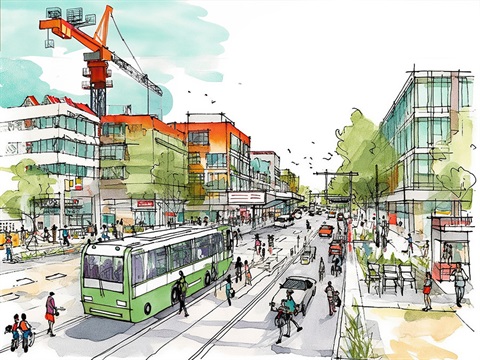
We asked you to have your say on our draft Future Development Strategy, which provides a roadmap for managing growth over the next 30 years.
Our District's population is set to grow to 142,000 by 2054 and we must be able to meet the changing needs of our community.
The Whangārei Future Development Strategy provides for greater choices for people to live the way they want to. It enables more housing types, and more opportunities for business to establish and succeed.
It also plans for investment in water infrastructure (wastewater, drinking water and stormwater) and an improved transport network of roads and public transport, and walking and cycling options.
Draft Future Development Strategy(PDF, 5MB)
Draft Future Development Strategy (summary document)(PDF, 1MB)
Hard copies of the draft Future Development Strategy are also available at our Customer Service centres.
Submissions closed at 5:00pm on Monday 2 September 2024.
Hearing
A public hearing will be held in the Manaia room, Te Iwitahi (civic centre), 9 Rust Avenue, Whangarei at 9:00am on Friday 27 September 2024.
You can view the hearing report, procedure sheet and submission reports on the following page.
Draft Future Development Strategy